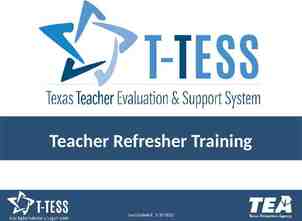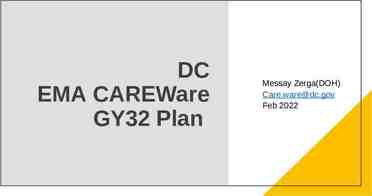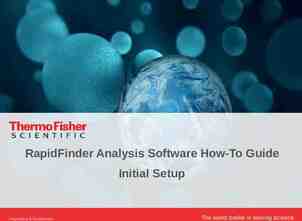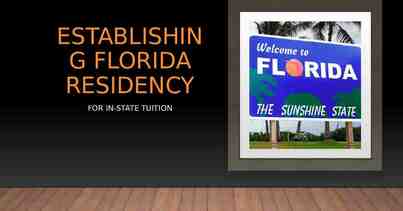IS&T Application Development and Acquisition Standards February
18 Slides409.50 KB

IS&T Application Development and Acquisition Standards February 6, 2012

Agenda Goal How to Achieve the Goal Benefits Approach Governance Build vs. Buy Development Standards Database Integration Content Management Document Management & Collaboration Application Portfolio Decision Tree 2

Goal Provide a higher level of value to the University by establishing a long term application portfolio that meets the needs of the organization, while minimizing the cost of overlapping or redundant technologies. 3

How to Achieve the Goal Establish clear standards, based on industry experience, Boston University domain knowledge and Boston University institutional objectives, for selecting the appropriate technology, or IT platform for new application development or acquisition Ensure that new development is done using standard development frameworks that impose structure, facilitate reuse and provide tools for more efficient development Establish/Improve governance model for selecting appropriate platforms and technologies based on the development and acquisition standards 4

Next Steps Ensure development competencies are in place to support the new standards Ensure the proper physical/virtual environments are in place to support strategic technologies 5

Benefits Quicker response to client needs Lower total cost of ownership Enables the Applications group to focus on building competencies in strategic technologies Enables the Systems group to focus on building infrastructure (dev./test/production) around strategic technologies Makes it easier to establish and maintain standard processes, i.e. build & release management Simplification / reduce integration work Streamlines the architectural platform decision process 6

Approach Gartner’s Systematic vs. Opportunistic application project model was used as a general guideline to help organize our standards definition exercise. The Systematic vs. Opportunistic approach breaks applications into two categories, Systematic and Opportunistic. For more information see: Gartner “Systematic and Opportunistic Projects: The Yin and Yang of Enterprise AD” Published: 21 March 2011 ID:G00211519 7

Governance The standards will be used by Solutions Architects to determine the appropriate technology to fulfill new application requests, or requests for major enhancements to existing applications. Major enhancements can include a single, large effort or a collection of smaller, low effort level enhancements. Deviation from these standards will require approval from the Assistant VP of Applications. These standards will be used to determine areas of focus for training, process improvement and investments in the environments required to sustain these technologies. 8

Build vs. Buy no Can an existing in-house commercial or open/community source solution be reused? no Investigate if a commercial, or open/community source solution can be acquired to meet the client need no Investigate if an existing custom built application, built on .Net or Java frameworks, can be reused or extended. Develop new custom application using development standards 9

Development Standards OPPORTUNISTIC PROJECTS Python, using the Django application framework, will be used to fulfill opportunistic project requests. The Python/Django application framework is suited to building web based, custom applications with short lifecycles that are typically developed via agile development methodologies. Microsoft .Net will be considered for use in the opportunistic space when the request is slightly more complex and the requirements are clearly defined. The Python vs. .Net decision will be based on scope, traffic, number of users, authentication/integration requirements, etc. 10

Development Standards SYSTEMATIC PROJECTS The .Net or Java frameworks will be considered for custom systematic application development projects. Java will be considered first for larger more complex projects with a larger user base and where requirements for integration with other applications or packages are critical. .Net will be positioned for small to medium, less complex projects, but both frameworks will be considered viable options for most systematic projects 11

Database OPPORTUNISTIC PROJECTS MySQL will be the primary database to support opportunistic applications at the University, backing a variety of web-based applications which run the gamut from single-user use to campus-wide and general public use. SYSTEMATIC PROJECTS MS-SQL and Oracle will be the primary databases of choice for systematic application projects. Since the strategy for systematic application projects favors purchase verses build, the database selection will be largely determined by vendor recommendation. Oracle will be the database of choice for large enterprise systems. 12

Integration Technologies to integrate between applications will be done using Web Service (SOAP and/or RESTful), or XML Gateway. SAP PI will be considered first for integration with SAP and Informatica considered secondary. 13

Development Technologies Opportunistic Complexity Systematic Django/Python MySQL or Shared Env. MS .Net MS-SQL Java EE Oracle / MS-SQL Web Service, XML Gateway, SAP PI 14

Content Management WordPress will be the web content management system of choice. BU has invested heavily in WordPress with a strong trend towards migrating departmental and public websites to the WordPress CMS platform over the past two years. This is expected to continue. 15

Document Mgt. & Collaboration SharePoint will primarily be positioned as a self-service tool for siteowner managed collaboration and site-owner managed document sharing repositories. In addition to self-service purposes, IS&T will provide a service to customize / configure sites using out-of-box administrations tools, SharePoint Designer and InfoPath Designer OnBase is the enterprise document management platform of choice. It will be used when one or more of the following functionality is required: Document annotations, highlighting, sticky notes, and text comments Document retrieval using keywords or custom queries Document routing through complex workflows Data files exchange with IS&T legacy applications, or other third-party software Document retention and archiving Regulatory document retention requirements exist OnBase will not be used for small document repository that is intended to share documents within or between groups that do not require a moderate to high level of structure and control. 16

Collaboration, Document Content Mgt. Opportunistic Complexity Systematic Document Management, Collaboration SharePoint Document Management OnBase Content Management WordPress 17

Application Portfolio Decision Tree New Demand or Major Enchantment Opportunistic Systematic or Opportunistic Doc. / Content Mgt. or Collaboration Systematic Yes Document Management No Content Management Yes Yes OnBase WordPress No WordPress Plug-in Document management or Collaboration SharePoint PHP No Systematic or Opportunistic Opp. Commercial Option No Re Use .NET/Java/Python Custom No .NET or Djanga/ Python Python Systematic Yes Yes Commercial option Existing Custom .NET SAP No Use In-House Package No Re Use .NET/Java Custom No New Package Yes Yes Yes Yes SAP In-House Package Existing Custom New Package No New In-House Custom .NET or JAVA EE Java Java EE Note: “Commercial option” is equivalent to “commercial or open/community source solution” .NET 18






